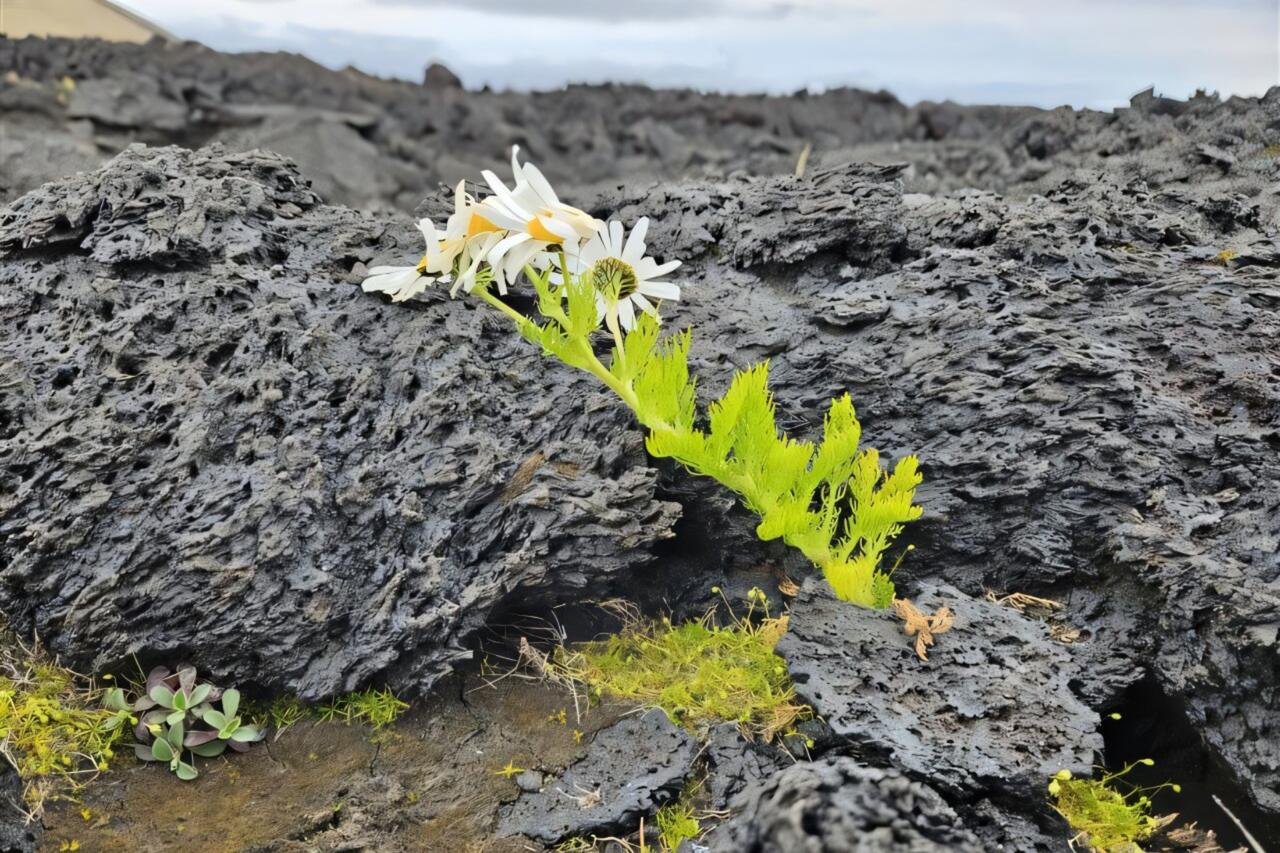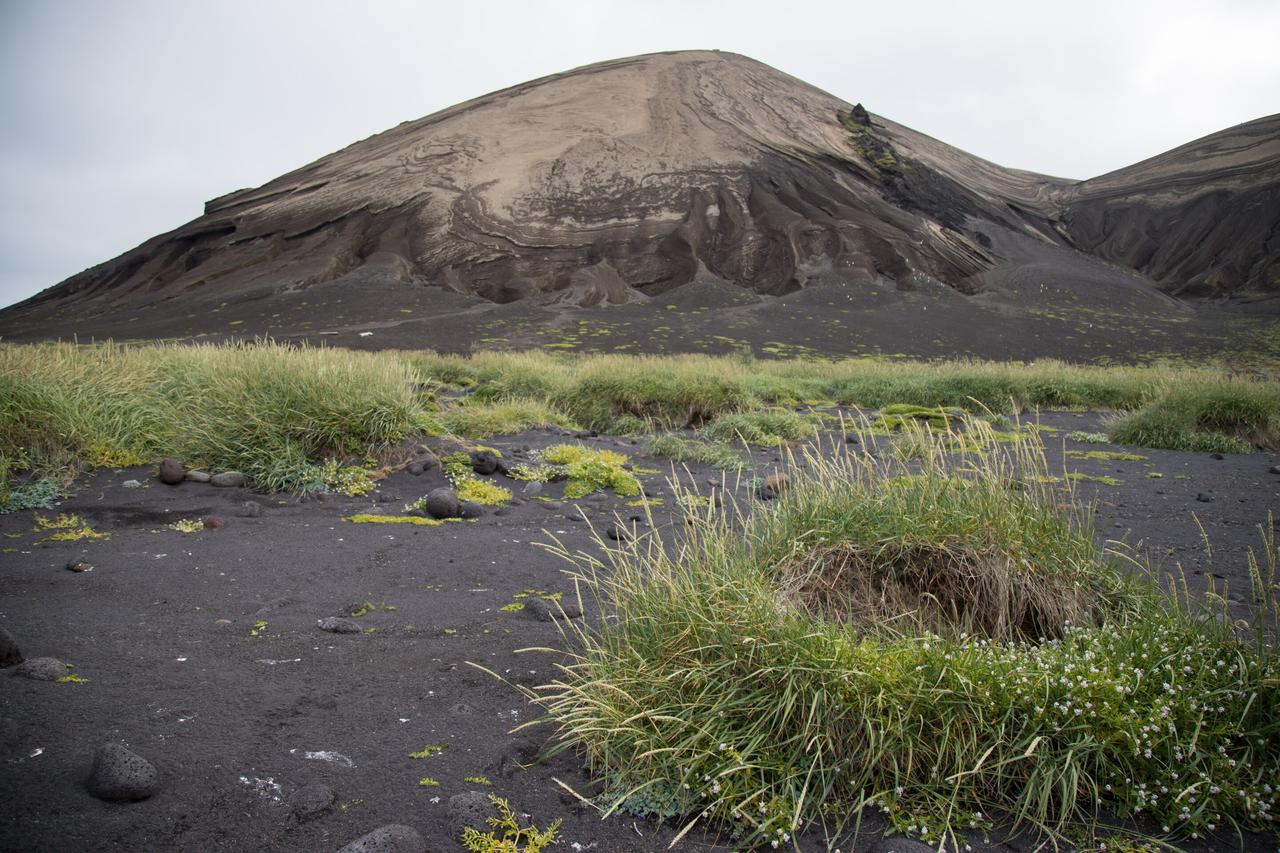
When the volcanic island of Surtsey burst from the North Atlantic in 1963, ecologists expected plants with classic long-distance dispersal traits—like fluffy parachutes or fleshy fruits—to dominate its shores.
A new study in Ecology Letters reports the opposite: most of the 78 vascular plant species recorded on Surtsey since 1965 lack those supposed adaptations, yet they still arrived and took hold. Researchers from Iceland, Hungary, and Spain conclude that birds—gulls, geese, and shorebirds—were the real pioneers, transporting seeds in their guts and droppings and kick-starting the island’s ecosystem.
Surtsey is a protected, uninhabited volcanic island about 32 kilometers off Iceland’s southern coast, formed by eruptions between 1963 and 1967.
Because entry is highly restricted, scientists have monitored colonization year by year, turning the site into a rare, controlled “natural laboratory” for observing how life builds from bare lava and tephra—loose volcanic ash and rock fragments.

The team tested whether standard “dispersal syndromes”—labels based on fruit and seed traits thought to signal wind, animal, or sea dispersal—could predict which species reached the island.
They compared three widely used European classification systems and found they often disagreed with one another and, crucially, failed to explain Surtsey’s colonists. Across the 78 species, only a minority were tagged with long-distance categories; many were classified as “unspecialised” or lacking a clear dispersal mode.
Direct and compiled evidence points to endozoochory—the dispersal of intact seeds after passing through an animal’s gut—as the dominant mechanism. The authors found empirical support for bird-mediated gut passage in 62 of Surtsey’s colonists, including seeds recovered from gull and goose droppings on the island and from aquatic birds sampled across Iceland.
A major gull colony, established on Surtsey in the mid-1980s, coincides with faster, spatially clustered plant arrivals, further tying bird activity to colonization patterns.
“Birds turned out to be the true pioneers of Surtsey—carrying seeds of plants that, according to conventional theories, shouldn’t be able to get there,” says Pawel Wasowicz of the Natural Science Institute of Iceland.
The findings call for ecological models that emphasize real plant–animal interactions over morphology alone.
As Andy Green of Spain’s Estación Biológica de Doñana notes, shifting bird migration routes under a warming climate will likely steer how plants track suitable habitats in the coming decades.